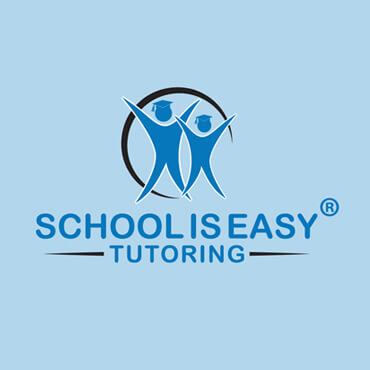To homeschool or not to homeschool?
When children become of school age, you as parents are faced with a decision; what school should you send your children to? Is a private school or public school a better fit for your child or is homeschooling the best for your family? What if you didn’t have a choice or the right to homeschool your children?
Homeschooling in Canada
In Canada people have the right to homeschool and it is quite common for families to do so. There are different provincial regulations and standards for each province. These standards ensure that children who are home schooled receive an equivalent education as children in public schools. In some countries there are actually laws in place that prohibit families from homeschooling their children.
In Germany, parents do not have the right to homeschool their children
German law states that parents cannot choose to withhold their children from attending public schools and they do not have the right to homeschool their children. The government strongly enforces the mandatory attendance of public schools even to the extent that they will remove children from their parents in order to force them to receive a state education.
Homeschooling families fighting for the right to homeschool
At least two German families have been in the news because they chose to homeschool their children. In one case, the Romeike family moved to the United States seeking asylum so they could freely continue to homeschool their children. Originally they were granted asylum, but more recently asylum has been denied and they are no longer able to stay legally in the United States.
The Wunderlich family has been fighting for their right to homeschool for years and has paid thousands of dollars in fines to the government for this reason. Apparently the fines were not enough, and the government recently removed four of the children from their parents and will not let them be reunited until after a court hearing. The consequences for refusing to abide by these strict educational laws can result in the parents going to jail. This seems extreme, but yet it is happening in a country that is not so different from our own.
Do you think parents should have the right to homeschool their children?
Parents choose to homeschool for different reasons. Some families homeschool their kids because of their religious beliefs, others simply feel their children learn better in a homeschooling environment. Learning is an amazing thing that can happen just about anywhere. As long as parents are abiding by the governmental regulations for schools they can provide the same education to their children within the home. Do you think parents should have the right to homeschool their children?
